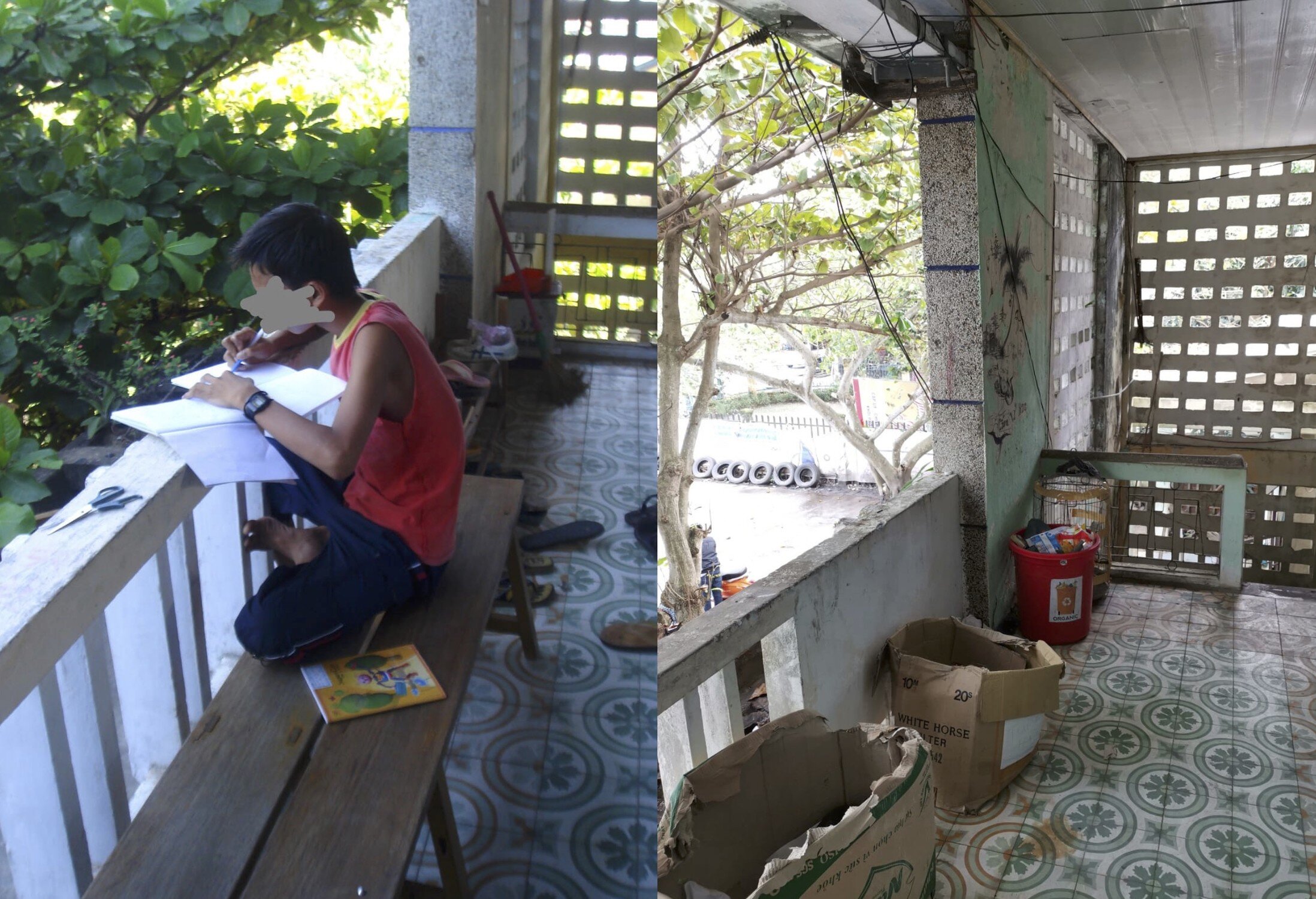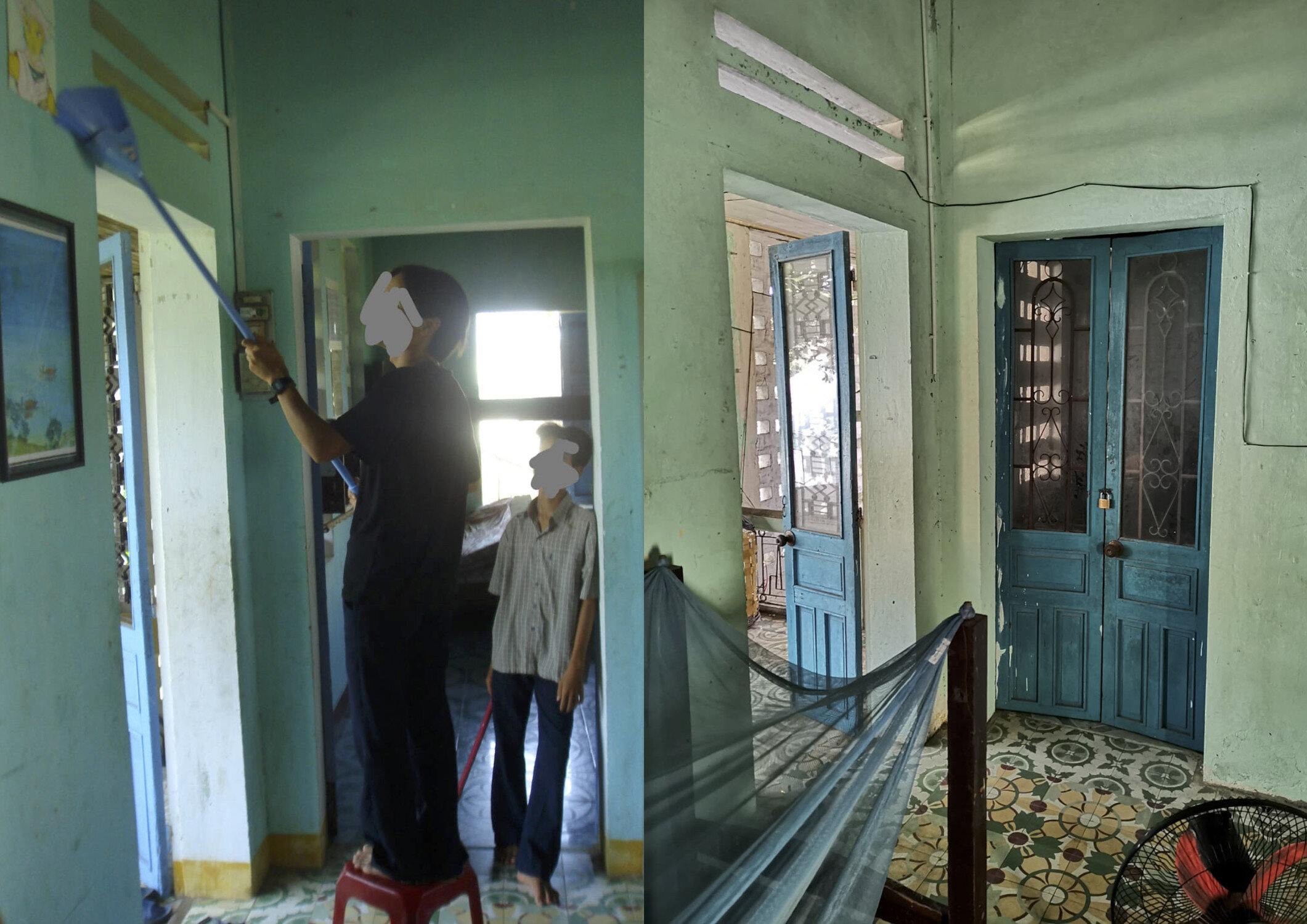What happens when well-intentioned foreigners leave?

There are so many international projects in poorer countries. But what happens when this work ends?
Now, more than ever, there are people flying all over theworld to poorer countries to do good. Voluntourism, the combination of a holiday and volunteering, is a huge industry in itself. According to onereport, it may be worth $173 billion annually.
The business of helping has enabled well-intentioned foreigners to feel a sense of purpose. There is no doubt that people in countries like Cambodia, Samoa and Timor Leste benefit too.
At its most basic level, you could assume that interaction between voluntourists from overseas and local people benefits all.
There are also a huge number of internationally driven projects that build schools, dig wells for communities, or get girls to go to school. Just last week, I met a father of a girl who goes to a wealthy privateschool in Sydney. They fly to Cambodia to build houses in poor communities.
Millions of people have benefited from this kind of work.
But at some stage, these projects end. Voluntourists return home, back to their normal jobs. Wealthy children from Sydney go back to school. Even government funded projects either run out of money or the political relationship between countries sour.
There’s an important question about all of this that we need to ask.
When a project ends, what happens next? What kind of legacy are we leaving behind?

In 2006, I was a voluntourist in Hoi An, Vietnam.
In 2006, I spent 6 months volunteering in an orphanage in Vietnam. Although the phrase had not been coined yet, I was a voluntourist who gained a lot personally from this experience.
It got me thinking about my own purpose in life.
This experience kickstarted a journey, which led to me founding OIC Cambodia, a charity in Cambodia developing speech therapy in a country that has not one single Cambodian speech therapist, and co-founding Umbo, a social enterprise connecting children in rural areas with allied health professionals.
It is not an overstatement to say that my time in Hoi An left an indelible impression on my life.
Yet, after a few months at the orphanage, in 2006, I started to realise that I couldn't leave a similar impression on the children in Vietnam. I wasn’t leaving a legacy behind.

The front of the orphanage I volunteered in, after a typhoon hit the town.
So I left Vietnam, returned to my home country of Australia, and studied international development. But after working with a big international charity in China, I was troubled by what how international charities typically work.
Think about it.
The charity sector is one of very few sectors where success should be measured by shrinking. If the sector shrinks, it means charities are doing their job. They’re solving problems, as opposed to addressing symptoms.
And yet, charities adopt the same metrics of success as the private sector does – metrics of growth.
Think about how the typical charity measures success:
We raised $85 million this year, up from $60 million last year.
We now have 25 country offices.
We have over 1000 staff!
Rather than boasting about how big they are, imagine if international charities measured milestones that were more relevant –milestones that resulted in a legacy being left behind.
Going back to my time in the orphanage in Vietnam, my instincts were to initially measure success by the number of children I had helped in 6 months (10). Or perhaps the number of bicycles that I could fundraise for them to use (12).
This view of success in charity work is short sighted.
A better question would be - have I left a legacy behind that lasted years, not months? What impact had I truly created?
To answer these questions, I had to return to the scene. I had to go back to Vietnam and see what happened.
And so, I did.
Here are some photos from 2006, on the left, and from my return journey in 2019, without children, on the right.

Returning to the orphanage 12 years later, I found that the site was now a bus station. The local government had taken the land back asthey needed a central location to park cars and busses. The children had alsostarted to come from other municipalities, so the local government was lessinclined to continue supporting them.
So what happened to the children?
They were either reintegrated back into their families (if they had families) or sent to another orphanage in Danang.
Clearly, the fate of these children was out of my hands. As a 24 year old male, with no training in social work, and no child protection check, I had no place being in the orphanage in the first place. It’s not surprising that the legacy that I had left behind was virtually nothing.
The same thinking should apply to international charities.
Rather than talking about how big they are, wouldn't it be better to talk about their legacy? Imagine if international charities could say:
We will exit this location, when we hit this Key Performance Indicator, and this is the legacy we'll leave behind.
If they did, they’d be truly solving problems, rather than addressing symptoms. They’d be truly making themselves redundant.
You can hear more of my thoughts on Why International Charities Need To Make Themselves Redundant by watching my TEDx talk on this topic.




